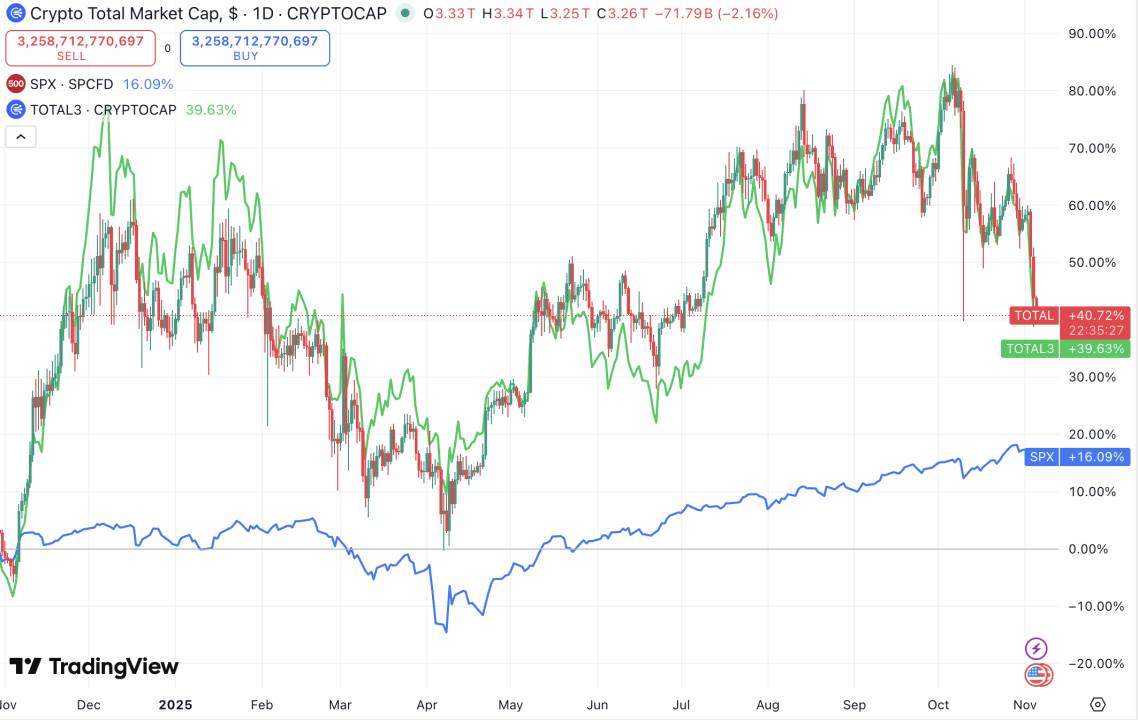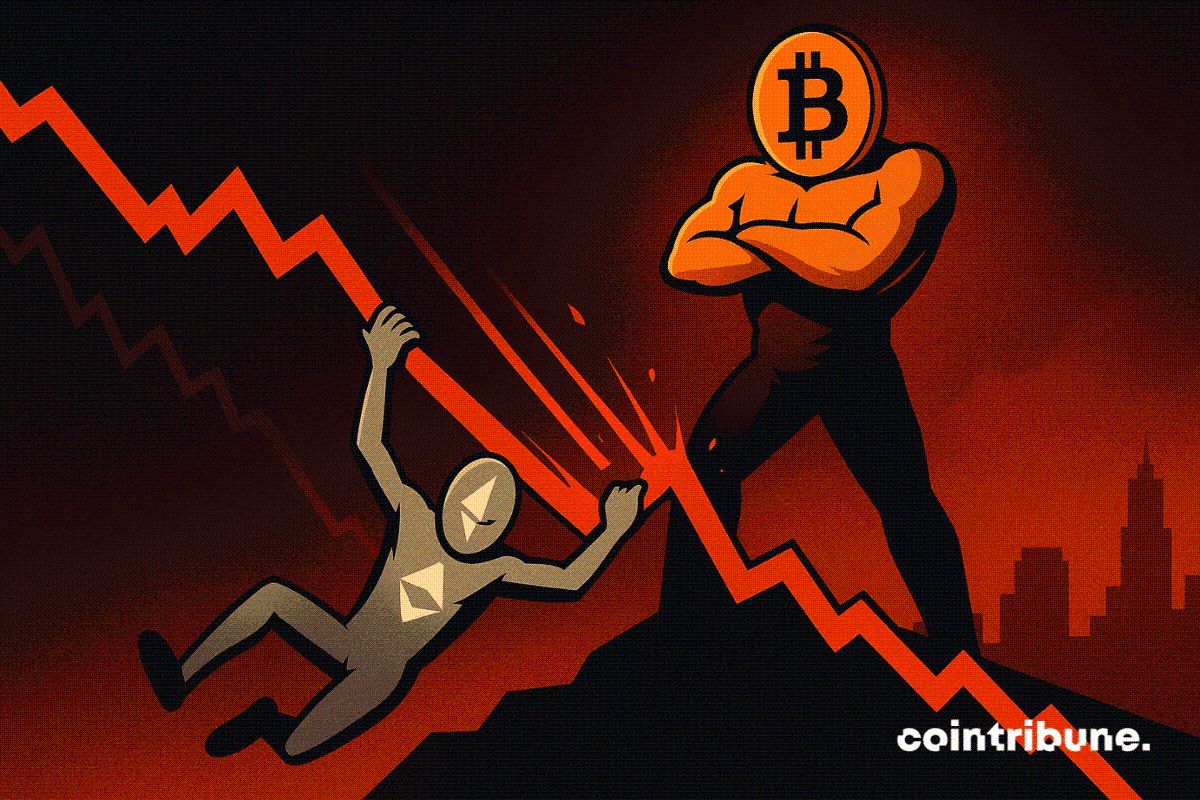Key takeaways:
Around one-third of Bitcoin’s supply is now held at a loss, levels last seen in September 2024.
Onchain metrics show rising short-term losses but moderate selling pressure overall.
Technical indicators suggest potential for recovery after consolidation near $98,000–$103,000.
The ongoing Bitcoin ( BTC ) correction has pushed roughly 33% of the total circulating supply into a loss, according to CryptoQuant data , a level last seen in September 2024. While such figures may appear alarming, historical precedents suggest that similar phases often coincide with seller exhaustion rather than a full-blown market breakdown.
Nearly one-third of holders are now at a loss, and this concentration of unrealized losses has historically marked pivotal points in prior bullish cycles. These thresholds tend to form when liquidity stress peaks, a stage where most sellers have already acted, allowing markets to reset structurally.
Losses among short-term holders (STH) have also intensified. The seven-day short-term holder Spent Output Profit Ratio (SOPR), a metric that measures whether coins moved onchain were sold at a profit or loss, currently stands at 0.9904. Readings below 1.0 indicate that most coins are being sold at a loss, suggesting growing pressure from short-term traders.
To put that in perspective, the SOPR’s Z-score, which measures how far current readings deviate from historical norms, is now at −1.29. This implies moderate selling pressure. By comparison, during the August 2024 correction, the same indicator fell to 0.9752 with a Z-score of −2.43, marking a much deeper phase of capitulation.
Overall, the data suggested a market caught between patience and capitulation. If prices remain under pressure, long-term holders may begin taking profits to safeguard their gains, while newer investors may sell once they recover their costs, potentially capping rebounds.
However, if fear reaches an extreme and selling pressure fades, these very conditions could help form a durable bottom and reset sentiment for the next accumulation phase.
Related: Three things that must happen for Bitcoin to avoid the bear market
Recovery momentum may take time to build
From a momentum perspective, Bitcoin’s market structure appears oversold, yet historical patterns indicate that recovery often follows a period of consolidation rather than an immediate reversal. A significant buildup of short positions in the futures market could also serve as fuel for a rebound if prices stabilize in the near term.
Technically, Bitcoin continued to mirror the pattern forecast in Cointelegraph’s mid-October analysis , where BTC was projected to retest the $103,500–$98,100 order block, a key demand region. A daily close below $98,100 would invalidate this setup and expose the yearly open near $93,500.
While the recovery may take time, a stable consolidation between $98,000 and $103,000 could establish the groundwork for a gradual rebound into year-end.
Related: Bitcoin price 21% dip ‘normal’ as accumulator wallets buy 50K BTC in day


